Run It Like a Cult Brand: How to Attract Believers, Not Just Buyers
How iconic brands turn customers into loyal believers through community, rituals, and storytelling
The strongest brands in the world don’t compete on features or discounts. Their strategy is to build belief.
What makes Apple, Tesla, and Harley-Davidson great are not just their products. It’s the movements they build where customers identify so deeply with the brand that they recruit others.
That belief shows up in the numbers. Creative Energy’s national survey found that 68% of buyers will pay more for brands they believe in, and loyal customers are four times more likely to forgive mistakes. This is why we’re talking about a durable competitive edge that compounds over years.
This article unpacks how to build that kind of following. Drawing from psychology, sociology, economics, and case studies, we’ll break down the playbook for turning customers into true believers. Because in a market full of transactional brands, belief is the moat no competitor can easily cross.
Table of Contents
1. The Psychology of Belief: Why People Join Brands
2. The Economics of Cult Brands
3. From Products to Belief Systems
4. Building a Community of Believers
5. Crafting Your Sacred Texts
6. Conversion Rituals and Insider Experiences
7. Managing Tension and Exclusivity
8. Scaling from Cult to Religion
9. The Founder as Prophet and Tribe Builder
10. The Actionable Playbook for Founders
1. The Psychology of Belief: Why People Join Brands
A cult brand isn’t built on clever copy or product specs. It’s built on human wiring; the same instincts that make us join communities, follow leaders, and commit to shared causes. Understanding that psychology is the first step in moving from transactions to true belief.
The Human Need to Belong
Douglas Atkin, author of The Culting of Brands, argues that belonging is second only to food and shelter in our hierarchy of needs. People join groups such as clubs and religions, in order to feel part of something larger than themselves. There are four main motivations for that:
Identity - “This is who I am.”
Meaning - “My life matters here.”
Transformation - “I’m becoming the person I want to be.”
Security - “I’m safe among my people.”
Brands can meet those needs as powerfully as any social institution.
Harley-Davidson sells something more than just motorcycles. It sells the feeling of being part of a brotherhood on the open road.
CrossFit thrives on shared struggle, where completing a brutal workout becomes a badge of belonging.
Apple positions its customers as creative non-conformists, offering an identity as much as a product.
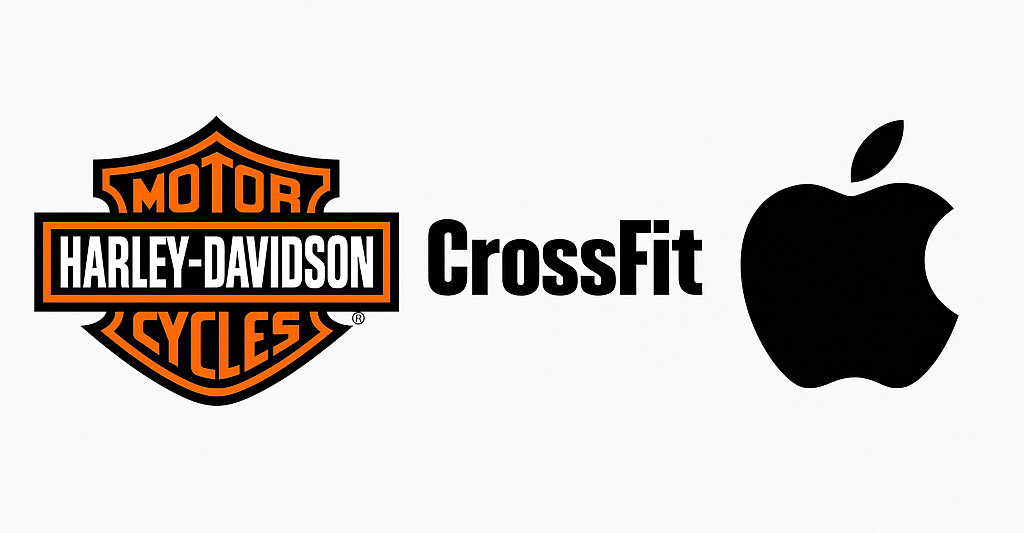
Belonging Builds Resilience
The Harvard School of Public Health found that people with strong social connections recover faster from illness and cope better with adversity. Belonging literally makes us more resilient.
When customers tie part of their identity to a brand community, that same resilience applies, they’re more likely to stick through product hiccups or market shifts because leaving would mean losing a part of themselves.
The Neuroscience of Loyalty
Consumer neuroscience studies show that strong brand relationships activate the same brain regions involved in emotion, memory, decision-making, and even spiritual experience.
Apple fans viewing the brand’s imagery trigger neural responses similar to devout believers seeing religious symbols. And that’s not an exaggeration. It proves that belief-driven branding taps into primal circuits of loyalty and attachment.
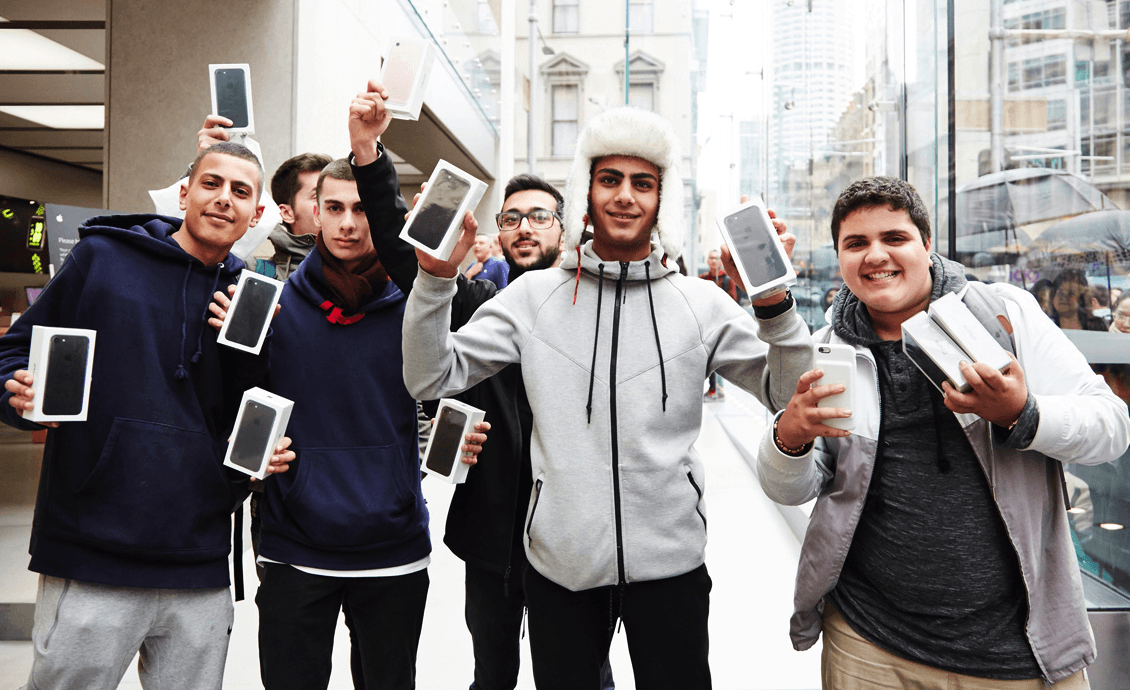
Why Founders Can’t Ignore This
Founders who focus only on price, features, or quarterly campaigns are playing the wrong game. Transactional marketing may win attention for a moment, but it doesn’t create the emotional anchor that keeps people committed for years.
But belief does. Build for belonging, identity, and meaning, and you will earn something more than customers. You’ll have a community that stands with you, and for you.
2. The Economics of Cult Brands
Cult branding may feel like soft marketing, but it delivers hard results. The economics of belief are clear, backed by data and real-world examples.
Belief Drives Real Value
Creative Energy’s own research shows that 81.6% of consumers say company culture directly impacts their loyalty. That's loyalty grounded in values, not price or convenience.
Also, as noted earlier, Creative Energy’s recent survey reveals that 68.5% of consumers report making more purchases from brands they believe in, and 55.8% say they’re willing to pay more for them.
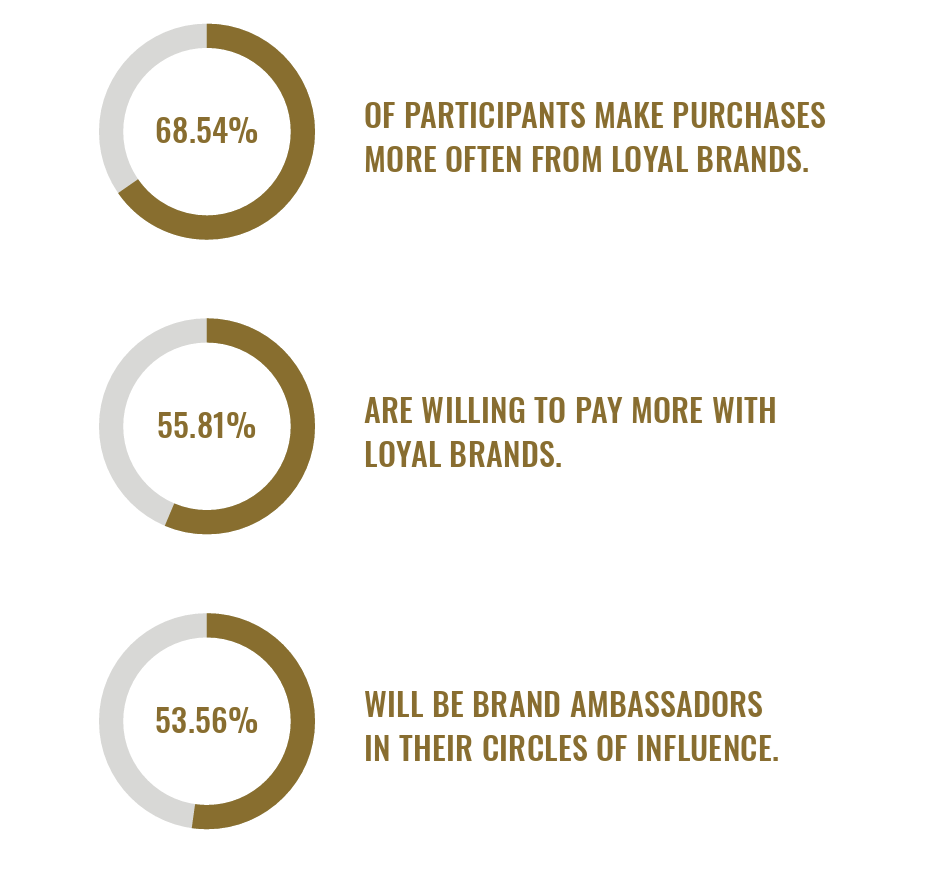
Moreover, loyal customers are proven to be more forgiving. In fact, those who feel connected to a brand are four times more likely to stick with it after a misstep.
These numbers show that belief isn’t just an emotional bonus. It’s a financial multiplier.
Why Belief Converts to Business Performance
Belief-powered brands benefit from reduced customer acquisition costs because their strongest marketing channel is existing customers.
These satisfied believers become unpaid ambassadors, advocating on behalf of the brand, through word-of-mouth, referrals, and earned media.
As a result, this boosts lifetime value and reduces churn, while building a durable moat that resists competitive advances.
Mini Case Study: Tesla’s Word-of-Mouth Engine
Tesla famously built one of the most valuable auto brands with virtually zero traditional advertising.
In 2022, Tesla’s ad spend was estimated at only $152,000 in the U.S., a rounding error compared to industry counterparts. Instead, it leaned into product-led marketing, lightning-fast tech news cycles, Elon Musk’s social media megaphone, and highly satisfied customers. One analysis points out that Tesla’s growth has been fueled by “product excellence, viral moments, and a fiercely loyal customer base.”

Word-of-mouth and advocacy created media buzz and buzz sparked evangelism. Tesla owners test-drove close friends. Over-the-air updates kept excitement high. Musk’s provocations cut through noise. The message is that when belief runs deep, paid marketing shrinks.
Belief Outperforms Paid Marketing
Ultimately, belief outperforms traditional marketing metrics. A founder investing in emotional connection instead of ad spend gains evangelists instead of just customers. These evangelists amplify reach, lift average spend, and forgive when things go wrong.
Belief is not a branding bonus, it’s a growth multiplier that makes paid marketing look like a fallback.
3. From Products to Belief Systems
Features and specs win comparisons. Belief wins devotion. Cult brands turn the conversation from what they make to what they mean, framing themselves as an identity and a worldview their customers can live inside.
At the core is a belief system. It’s what turns a purchase into a pledge of allegiance. Founders who want loyalty that survives market cycles need to define these pillars early and explicitly.
1. Mission — The Sacred Cause
A mission shouldn’t just be a tagline. It’s the bigger fight your brand exists to win.
Uber’s early mission was clear and unapologetic: end the taxi monopoly. That clarity gave customers the feeling they were part of a rebellion, not just hailing a ride. A true mission elevates the brand from a utility to a movement.

2. Enemy — The Heretics
Movements are sharper when they have something to push against. Tesla’s enemy is the fossil fuel industry. Apple’s used to be Microsoft’s grey, corporate dominance.
An enemy creates tension, and tension creates loyalty as insiders define themselves in opposition to what they reject.
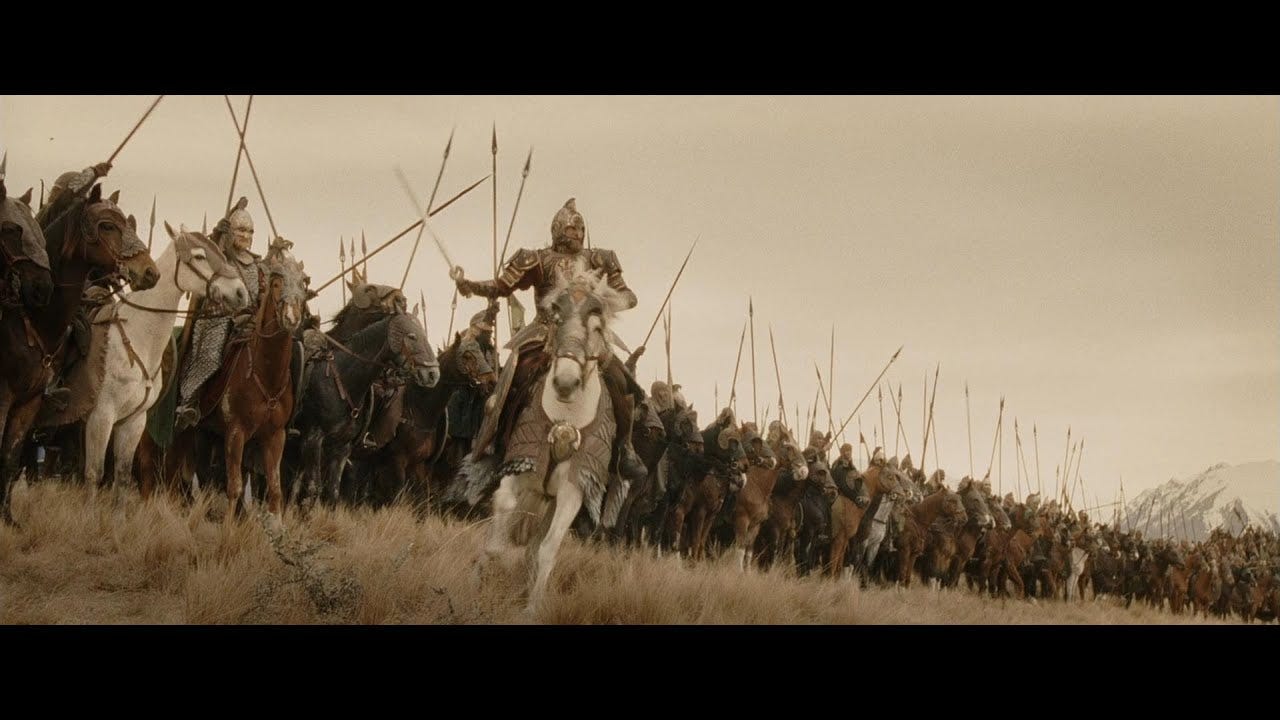
3. Promise — The Salvation
This is what life looks like if your mission succeeds.
Patagonia’s promise is redemption through consumption done right: buy from us, and you help heal the planet. The promise gives customers a reason to believe their choices matter beyond the transaction.
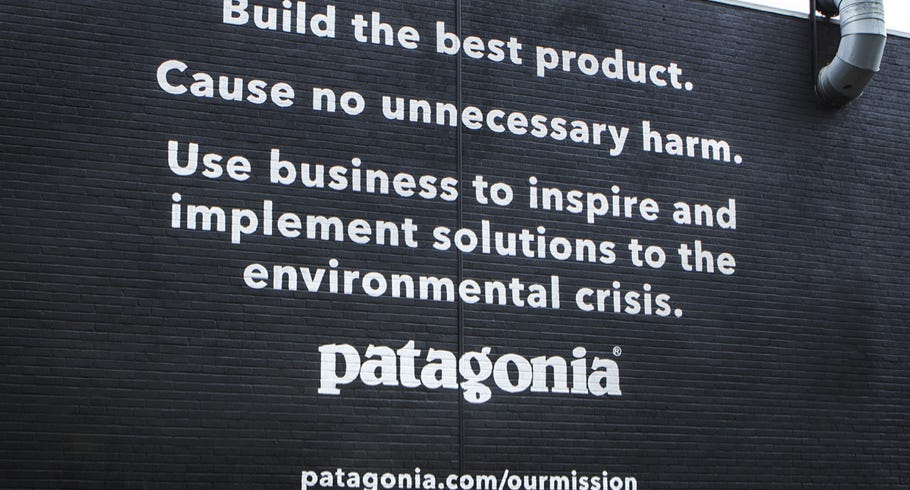
4. Origin Myth — The Founding Story
The best cult brands have a story they tell over and over.
How it started, why it mattered, and what it says about the people who joined early. Jobs and Woz in a garage. Musk risking his last dollars to keep Tesla alive. These stories become part of the customer’s own identity when they buy in.
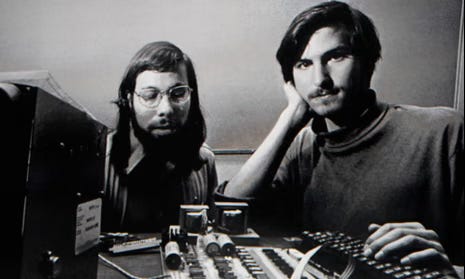
Belief systems give customers more than a reason to buy, they give them a reason to belong. Without them, you’re left in the commodity race, where loyalty lasts only until a cheaper or shinier option appears.
4. Building a Community of Believers
For a cult brand, the product isn’t the thing in the box or the app in the store. The product is the community that forms around it. Belonging to that community becomes part of the value customers pay for, and part of the reason they stay.
Strong communities do more than make people feel good. They directly impact business outcomes. Brands with engaged communities see higher retention rates, longer customer lifetimes, and more organic advocacy. People stick around when leaving means losing their tribe.
Rituals, Symbols, and Language
Communities run on shared behaviors and cues:
Rituals - Glossier’s product drop meetups double as community events, where customers line up early, trade tips, and share the unboxing experience online.
Symbols - Allbirds’ limited-run colorways and seasonal collaborations become wearable signals for those in the know.
Language - Notion’s community uses a shorthand of “templates,” “workspaces,” and “blocks” that signals you understand the tool’s ecosystem deeply.
These elements turn customers into insiders, and insiders into advocates.
Exclusivity That Strengthens the Bond
Exclusivity isn’t about arrogance, it’s about making membership feel earned.
For instance, Soho House’s selective membership process builds a sense of access and status.
Rivian’s early reservation system for its electric trucks made first customers feel like trailblazers, not just buyers.
The goal is to make access feel special without alienating future customers.
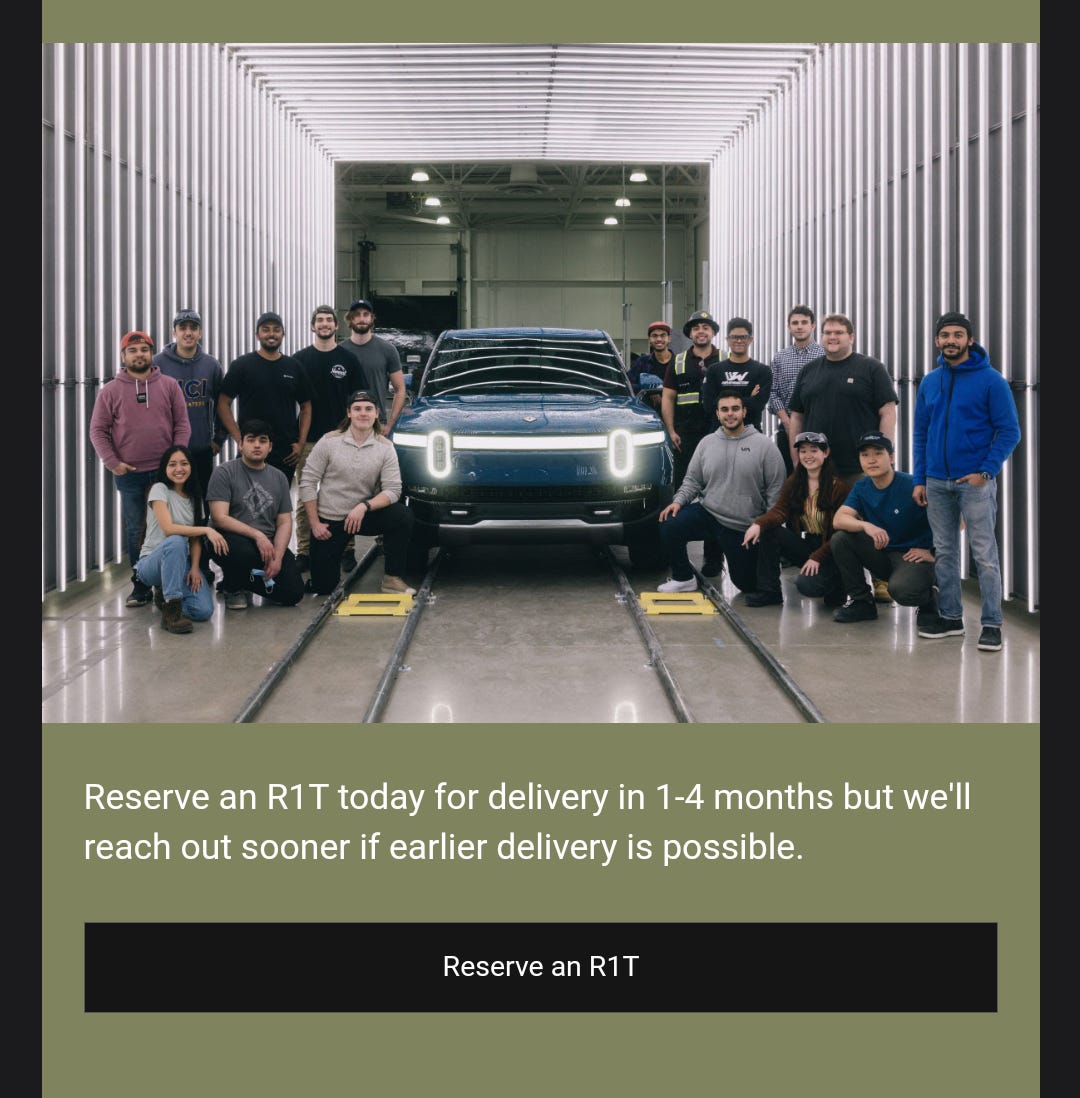
Co-Creation as a Loyalty Engine
When customers help shape the brand, their investment deepens.
LEGO Ideas lets fans submit and vote on new sets, blurring the line between buyer and builder. User-generated content campaigns, feature voting, and beta feedback loops all turn customers into collaborators, and collaborators rarely leave the projects they helped create.
How Founders Can Start Now
You don’t need millions of customers to start building community. Here’s a lean, 3-step model:
Launch a private forum or Slack group for your earliest adopters.
Make onboarding a shared experience by welcoming new users in public, pairing them with veterans.
Test invite-only betas to create buzz and reward commitment.
Treat community like a core feature and not as an afterthought. Your community can becomes your most defensible asset, the one competitors can’t copy.
What your competitors can never copy are the trust, identity, and the relationships you’ve built with your customers.
5. Crafting Your Sacred Texts
Every movement has its scripture, the words that define what it stands for, who belongs, and why it matters.
In a brand, this “scripture” lives in the narratives you tell over and over until they become part of your customers’ identity. These are the messages that will end up converting outsiders into insiders.
When Words Become Belief
Now let’s feed your imagination with some strong slogans from the biggest brands globally.
Apple’s “Think Different” campaign wasn’t about computers. It was a manifesto for the misfits, the rebels, the round pegs in square holes.
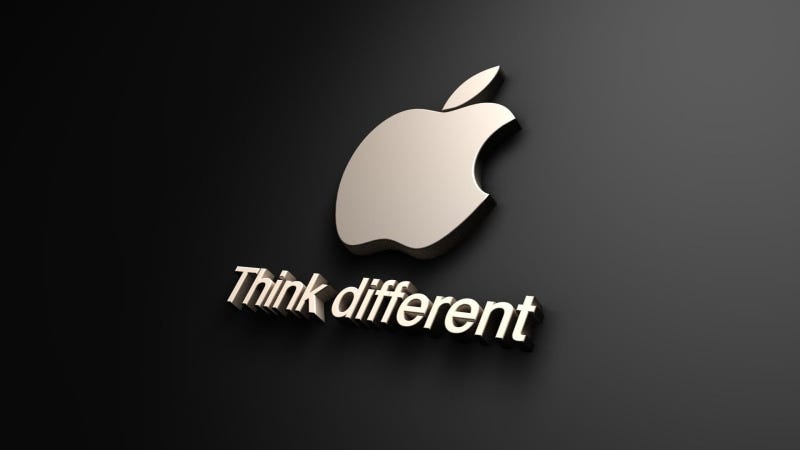
Ben & Jerry’s climate justice statements and activism-led campaigns turned ice cream into a platform for social change, inviting customers to be part of something bigger than dessert.
Liquid Death’s irreverent “Murder Your Thirst” is an initiation into a counterculture that happens to sell water.
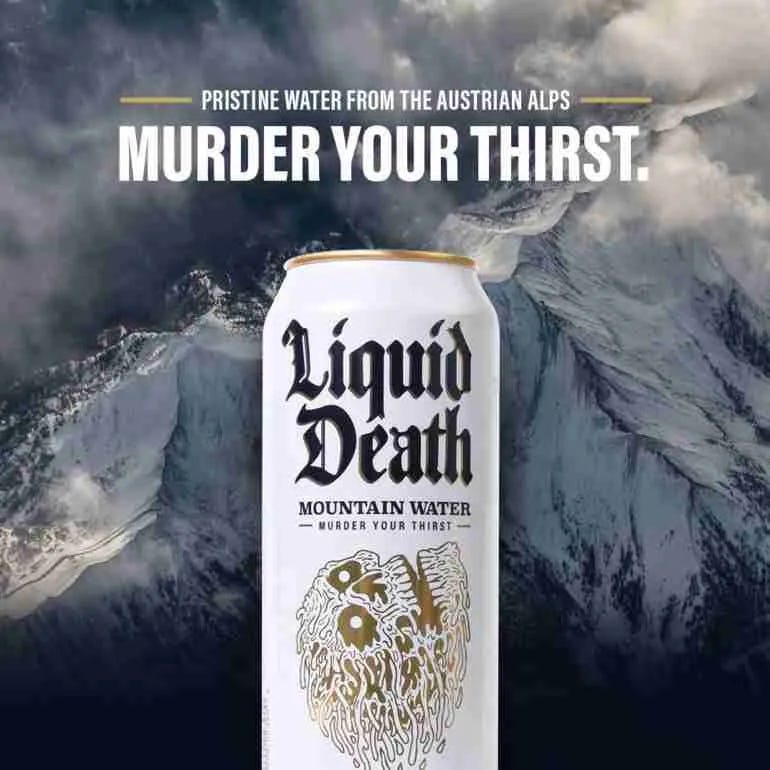
Nike’s “Just Do It,” Airbnb’s “Belong Anywhere,” and Stripe’s “Increasing the GDP of the Internet” each condense a worldview into a single line.
We’re talking about rallying cries.
Why the Founder Must Lead the Gospel
When the founder tells the story, it carries the weight of lived conviction.
Tristan Walker built Bevel around the personal mission of solving grooming problems for men of color, telling that story in interviews, ads, and in-store displays.
Whitney Wolfe Herd’s launch of Bumble was anchored in her personal mission to create a dating app where women made the first move.
These are stories that didn’t originate from a copywriter’s brief and it’s obvious. They are stories who were born by people who believed first and built second. Customers can always feel the difference.
Writing Your Brand Manifesto
Think of your manifesto as your brand’s sacred text, the distilled statement of your mission, enemy, promise, and origin myth. To make it work:
Be aspirational - paint the better world your brand is building.
Be emotional - facts inform, but emotion converts.
Be clear - ambiguity kills conviction. If customers can’t repeat your gospel in their own words, it won’t spread.
Write it for your community first, not the press release. Then, live it in every campaign, keynote, and customer interaction. Because in a cult brand, the story isn’t just what you tell people, it’s what they tell each other when you’re not in the room.
6. Conversion Rituals and Insider Experiences
In cult brands, belief isn’t sealed at the checkout page. Conversion happens through moments so memorable they etch the brand into someone’s identity. It’s the difference between buying a thing and joining a tribe.
Rituals That Mark the Transition
Tesla owners talk about delivery day the way others talk about weddings. It’s about the unveiling, the walkaround, the ceremonial handover.
Glossier’s store openings function like fan pilgrimages, complete with photo walls and exclusive launch products.
Even software brands can create this “ceremony effect”. Think of Notion’s onboarding tour, Slack’s confetti bursts for milestones, or an invite-only beta that feels like you’ve been handed a backstage pass.
These rituals serve a deeper purpose. They make you think: “You’re one of us now.”
Psychologically, they reinforce identity through public or shared acts, and once you’ve acted as a member of the group, you’re more likely to stay a member.
Recognizing and Rewarding Believers
Early adopters are the seed of your evangelist base. Recognize them in ways that carry status inside the community, from first-access privileges, founder shout-outs, or physical keepsakes tied to early support.
At Allbirds, customers who own early limited-edition colorways become part of a visible “first wave.”
At Parkrun events, milestone shirts celebrate runners who’ve completed 50, 100, or 250 runs, making them visible veterans in the community. Recognition fuels pride, and pride fuels storytelling.
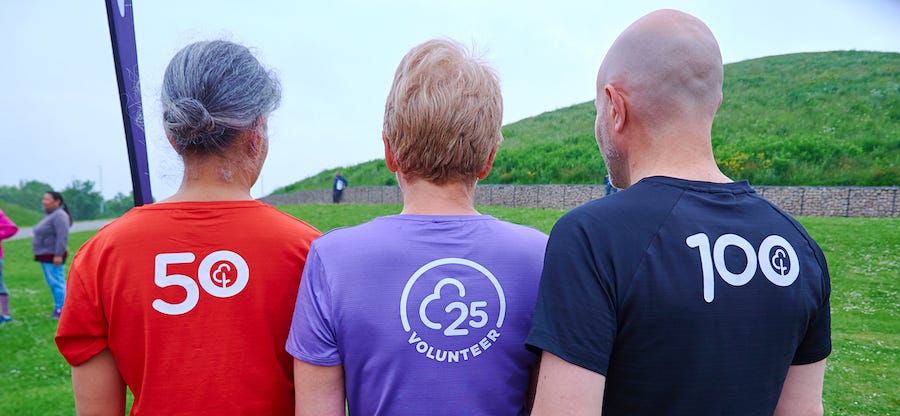
Badging as Social Proof
Badging, which we define as the physical or digital markers of status, turns loyalty into something visible.
Think of airline frequent-flyer tiers, GitHub contribution graphs, or Peloton milestone shout-outs. When customers display proof of commitment, they invite curiosity from outsiders and validation from insiders. That visibility strengthens the tribe while recruiting new members.
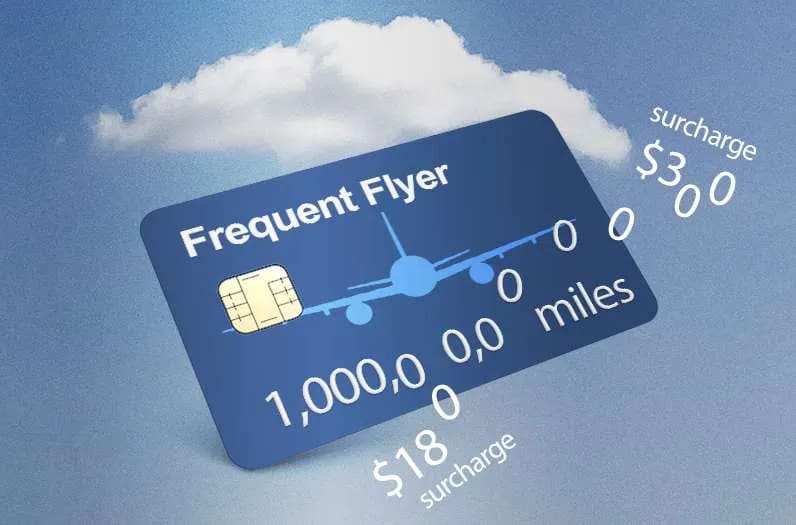
Founders who design these moments intentionally aren’t just improving customer experience, they’re also embedding belief. The ceremony, the recognition, the badge all whisper the same thing: You belong here. And you’ve earned it.
7. Managing Tension and Exclusivity
Douglas Atkin calls it “managing deviance,” the art of deciding who’s in, who’s out, and making those boundaries visible. For cult brands, these lines are part of what makes belonging feel valuable.
The Power of the Gate
Think of Supreme’s scarcity model. Limited drops create a frenzy precisely because not everyone gets in.
Boundaries signal commitment, if you’ve crossed the threshold, you’ve proven you’re serious.
Why Exclusivity Builds Identity
Exclusivity acts like a forge for identity. When access is limited, being inside says something about you; your values, your grit, your taste.
That status carries emotional weight, which in turn strengthens loyalty. People protect what they’ve earned.
The Risk of Over-Gatekeeping
But the same tension that strengthens a tribe can also strangle growth. Supreme’s ubiquity in resale markets dulled its edge for some fans.
Soho House has faced criticism when expansion into more cities made membership feel less special.
When a brand becomes so walled-off that outsiders can’t find a way in, or so widespread that membership loses meaning, the community stops replenishing itself.
The founder’s job is to balance the draw of exclusivity with pathways for new believers to join. Done well, managing deviance keeps the core strong without calcifying into a clique.
What you want is to create a living, breathing tribe that knows exactly who it is, and welcomes those ready to commit.
8. Scaling from Cult to Religion
A cult brand begins as a tight-knit tribe. Scaling it into a global movement means carrying that energy into the mainstream without losing the essence that made it magnetic in the first place.
Google started as a better search engine for early internet explorers. Now it’s a verb.
Amazon went from an online bookstore to the backbone of global commerce.
Apple moved from scrappy underdog to a brand whose launch events feel like cultural holidays.
In each case, growth didn’t erase the belief system but expanded the congregation.
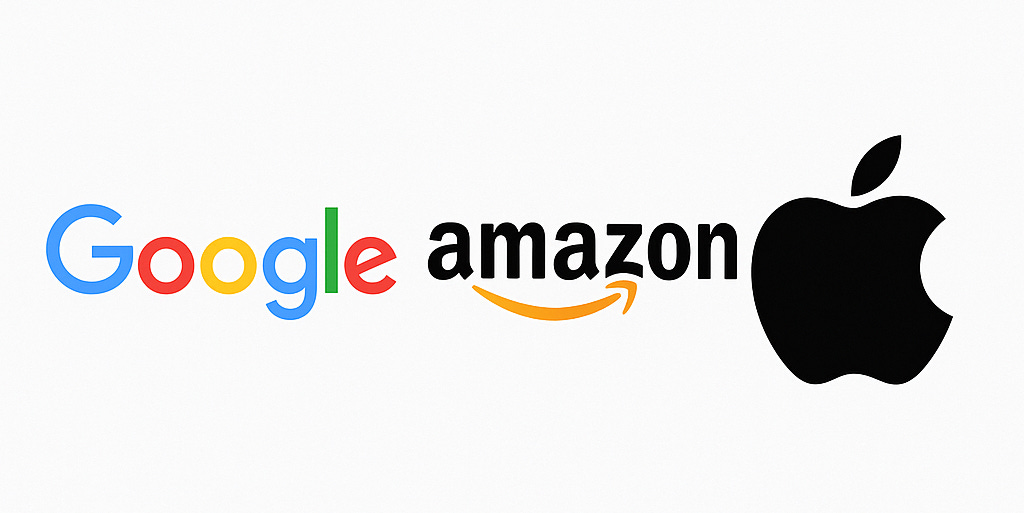
Three Factors That Enable Scaling
1. Resilience - Movements survive because they withstand crises without breaking faith.
Apple weathered product flops and leadership changes by keeping its core design philosophy intact. Amazon has absorbed PR hits yet continues to deliver the reliability its community expects.
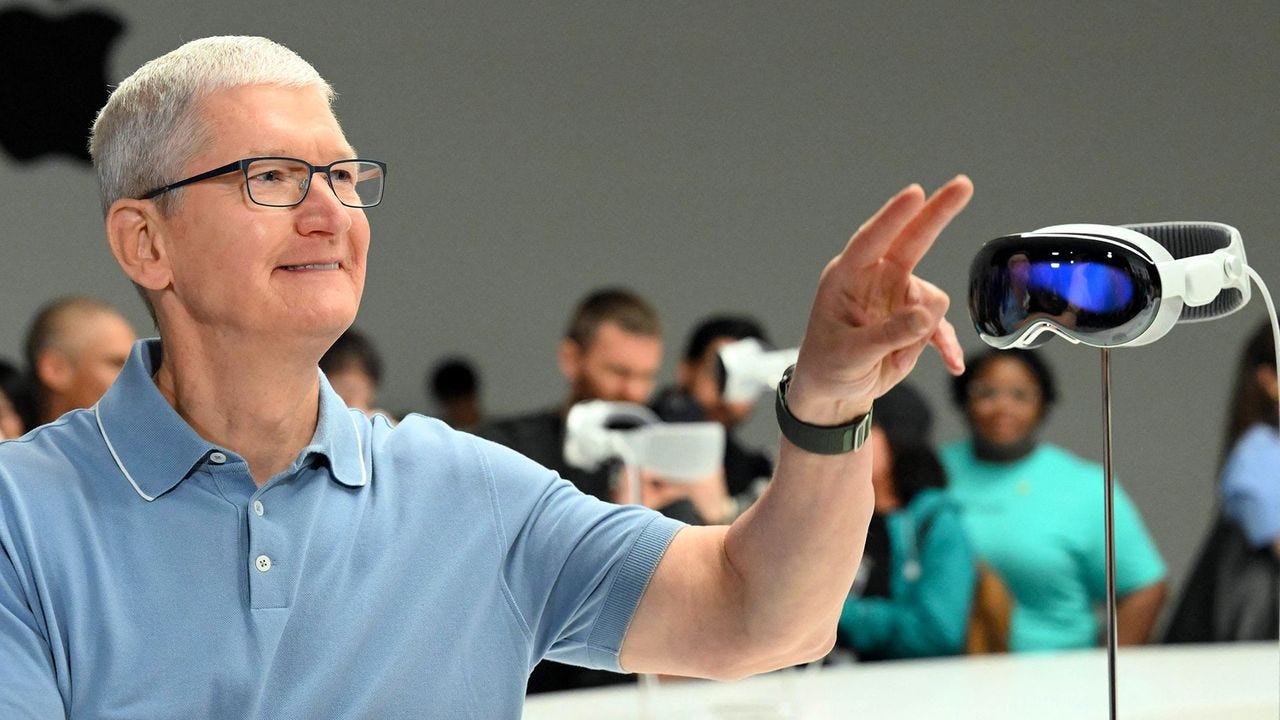
2. Adaptability - Scaling requires evolving your offering and messaging for new markets without diluting the core gospel. This is where many brands stumble.
CrossFit’s attempts to mainstream its model without cultural translation alienated both insiders and potential recruits. Adaptation should feel like extending the tent instead of replacing it.
3. Institutionalizing Culture - Rituals, language, and values must live inside the organization, not just in marketing.
Harley-Davidson trains staff in the brand’s heritage. Google bakes its “don’t be evil” ethos (and now its updated principles) into onboarding. Institutionalizing culture ensures that when growth accelerates, new hires and new markets still feel the original vibe.
Guarding Against Dilution
Over-broadening is the fastest way to drain tribal energy. When every product, message, or customer feels equally “in,” the sense of identity that bound the early believers fades.
The challenge is to widen reach while keeping clear signals of what makes membership meaningful. Brands that scale well add layers of meaning for the masses while preserving rituals, symbols, and insider experiences for the faithful.
Scaling from cult to religion isn’t just about numbers. It’s about protecting the intensity of belief as you invite more people in ensuring the tribe grows stronger, not thinner, with every new convert.
9. The Founder as Prophet and Tribe Builder
In a cult brand, the founder is more than an operator. They’re the prophet, the person who carries the vision, protects the gospel, and rallies both the inside team and the outside community around a shared cause.
Jobs didn’t just run Apple; he embodied its belief that technology should be a tool for creativity and rebellion against the status quo.
Musk frames Tesla not as a car company but as a mission to accelerate humanity’s transition to sustainable energy.
Yvon Chouinard built Patagonia as a living expression of his environmental activism, even capping growth to align with his values.
Their teams and customers followed because the belief was visible and lived.
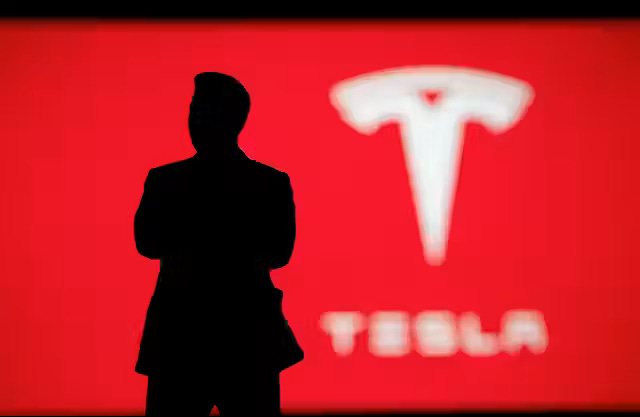
Apostles, Not Just Employees
In the early days, every hire is either a multiplier of your culture or a slow leak.
Skills can be taught. Belief is harder to instil. Early employees in a cult brand are apostles, they carry the message into their work and into the market. If they’re aligned, they amplify the founder’s vision. If they’re not, the signal gets distorted.
The War Tribe Mindset
Founders who lead movements understand the psychology of a shared fight. A clear enemy and a manifesto do more than just motivate customers. They unify the team.
It’s why Tesla’s engineers work weekends to beat oil dependency, or why Patagonia’s staff show up to climate protests. The mission is the glue, and the enemy is the rally point.
When the founder lives the vision, the culture flows outward: to employees, to customers, to the market. Without that conviction at the top, belief erodes into slogans. With it, the brand becomes a cause people choose to fight for.

10. The Actionable Playbook for Founders
Building a cult brand isn’t guesswork. It’s the deliberate act of turning your company into a movement. Here’s the playbook distilled from the patterns behind Apple, Patagonia, Tesla, CrossFit, and the B2B brands that have their own tribes.
1. Define Your Gospel - Make your mission, enemy, and promise explicit. If you can’t say them in one sentence each, neither can your customers.
2. Build Community Rituals and Symbols - Create repeatable moments and visible markers that make belonging feel tangible.
3. Craft Sacred Texts That Inspire - Your manifesto, key campaigns, and founder story should be told so often and so well that customers can retell them without you.
4. Onboard Believers Through Conversion Experiences - Design first interactions to feel ceremonial. Recognition and small wins early on cement identity.
5. Use Tension and Exclusivity to Strengthen Bonds - Keep clear boundaries, but leave pathways in for those willing to commit.
6. Scale by Institutionalizing Culture - Bake rituals, values, and language into hiring, onboarding, and product development so growth doesn’t dilute the signal.
7. Protect the Tribe, Even in Hypergrowth - Expansion is worthless if it kills the energy that made people join. Growth should deepen belief, not flatten it.
If you’re not building belief, you’re just selling commodities. Belief is the real moat.
Products can be copied. Features can be outpaced. What endures is the belief you create and the community that carries it.
Cult brands prove that when customers feel they belong to something bigger, they stay longer, spend more, and bring others with them.
Read more from Founders Corner:
CEO-Level Strategies for Confident Negotiation
How to Delegate Like a Founder CEO
Co-Founder Conflict 101: Should You Stay Together or Part Ways?



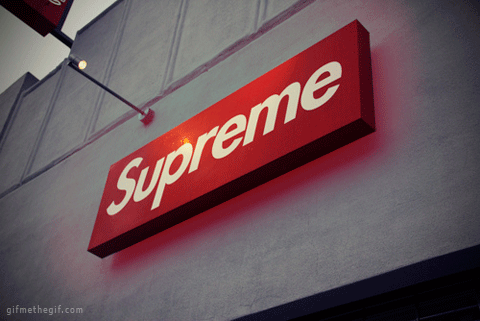
For me, the turning point was learning to measure opportunities against a single question: Does this move me closer to the clients and conversations I actually want? Once I started filtering through that lens, it became easier to let go of things that were flattering but distracting.
Have you found that saying no gets easier with practice, or does each decision still feel like a wrestle?
Thanks for such a great post. Made me really think about the myths that I attach to certain brands as well. For example, I am sure it is this reason (and not taste alone) that causes me to pick Ben & Jerry's over Häagen-Dazs every time. 🙏